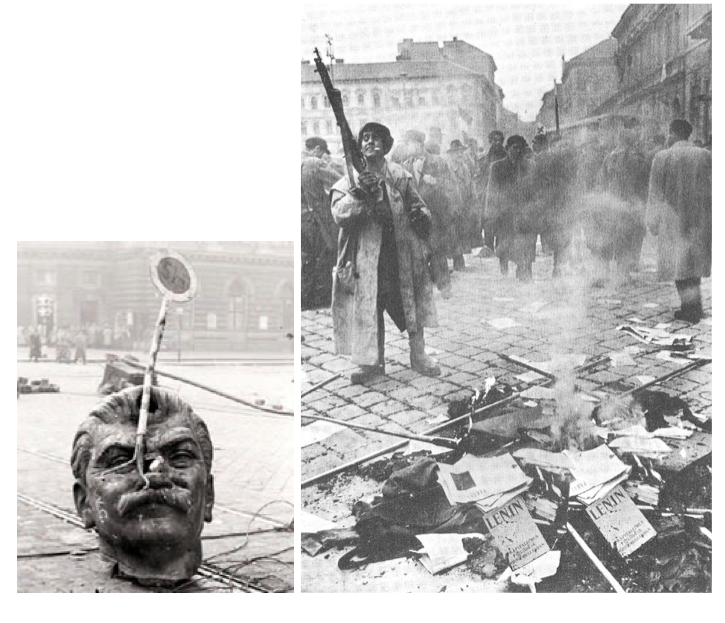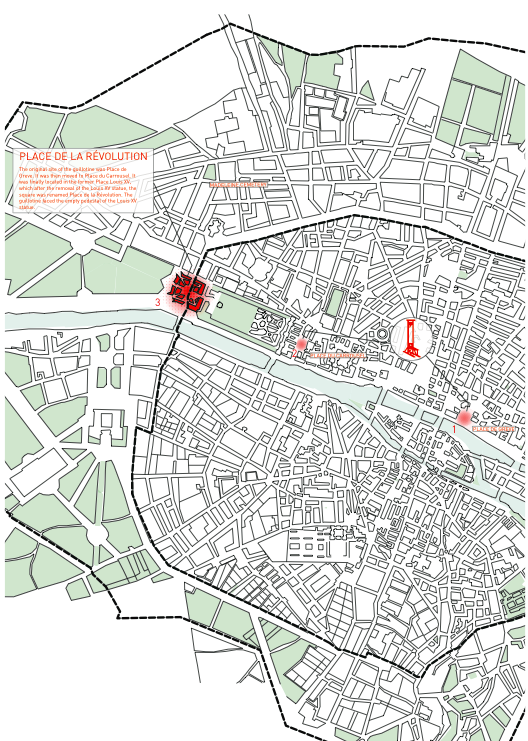Counter-Forms: Sacrifice as Catalytic Dissent

by Aviva Rubin (MDes ’12)
This thesis proposes a re-conceptualization of the moment of dissent through an analysis of the destruction of symbolic form in the city. Focusing on the beheading of Louis XVI in 1793, the felling of the Stalin statue in 1956, and the self-immolation of a Tunisian citizen in 2010, this thesis examines these destructions as expressions of transformation – as modes of sacrifice. George Bataille’s theory of sacrifice posits a destruction that makes matter useful, employing an ‘excess’ of form to generate new forms. Through the disassembly of the process of sacrifice into five distinct states–separation, representation, destruction, unification, and transformation, this thesis can comprehend how these conditions come together to propel catalytic dissent. In the preceding fragmented setting, the representative of sacrifice, the destructive moment of action, the unification it permits, and the new forms that emerge, sacrifice transforms the symbolic forms of a society, its power dynamics, and its built environment. Outlining the scope and effects of the sacrificial process, this thesis mines historical instances to evoke the First Law of Thermodynamics, which maintains that nothing is lost in the transformation of form. The cumulative reading of these examples reveal sacrifice as provoking agonistic symbolic forms in the city into a process of formal, political, and urban transformation. Through this analysis, this thesis proposes a new way of thinking about dissent – as a multifarious form that holds the instant, the process, the accepted, and it’s counter, ready to be enacted at any moment – the counter-form.

